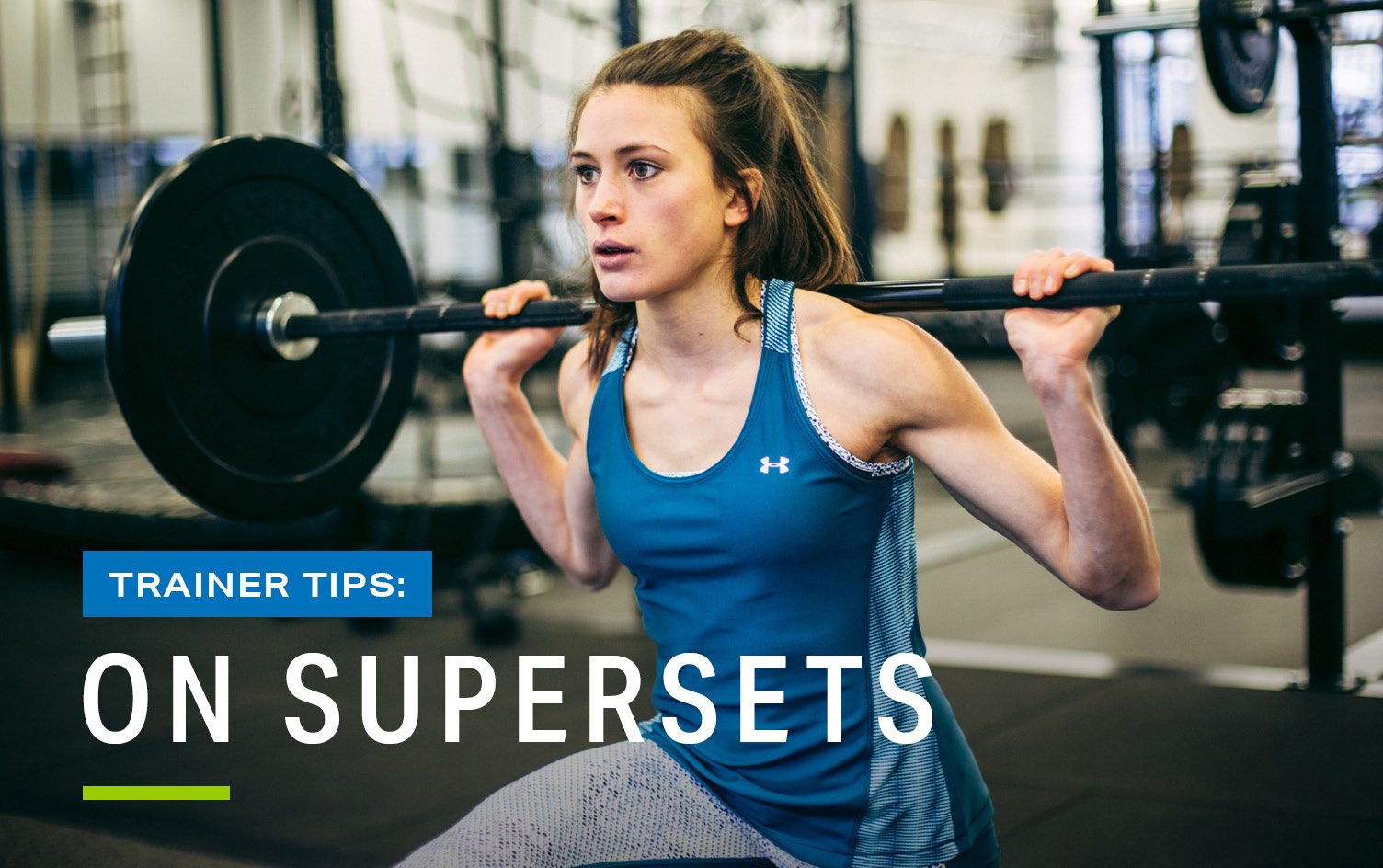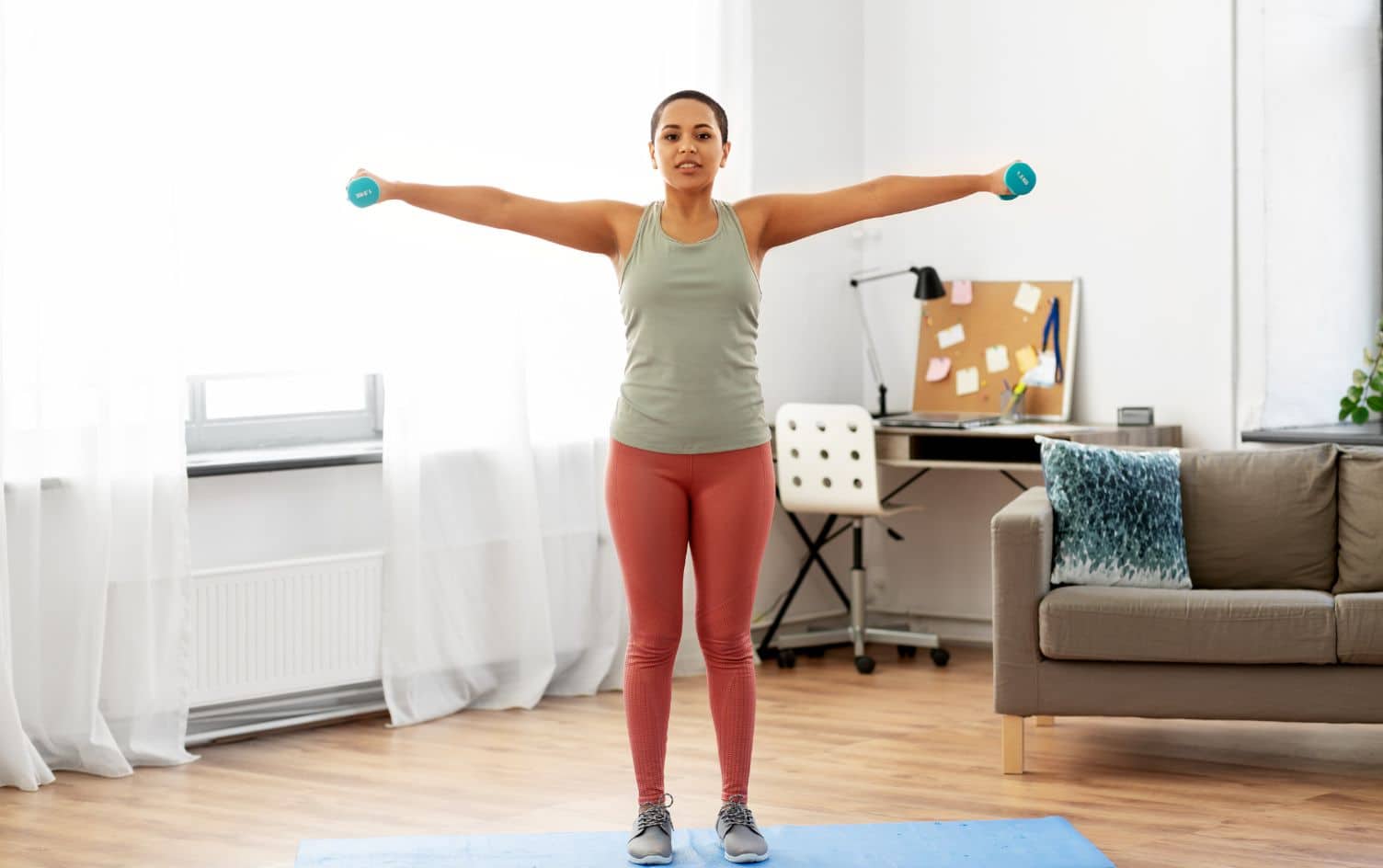Building muscle and getting fit requires more than just moving heavy objects around. Lots of variables are at play, and how you structure your workouts can have a big impact on results. Enter: supersets.
In basic terms, a superset is when you pair two exercises back to back, with little to no rest between. And, when employed correctly, they’re one of the most effective and efficient ways to work out.

We asked a few top-notch trainers to share their thoughts on supersets.
FOR EFFICIENCY
“Supersets are a great method of working out for a variety of reasons,” said Matt Pudvah, head strength coach for the Sports Performance Institute at MAC. “Supersets not only save you time at the gym, but can allow you to accomplish more work during a single training session. By using supersets you are able to rest one muscle group while working another, all while keeping your heart rate up.”
To get the most bang for your exercise buck, Pudvah suggests working completely unrelated muscle groups in a superset — like a goblet squat with a dumbbell row. And to get even more creative, he suggests adding in a cardio exercise like jumping rope before or after doing dumbbell presses to “challenge your body’s ability to produce force in a fatigued state.”
FOR BUILDING MUSCLE
Michael Piercy, MS, owner of the LAB Performance Facility in Fairfield, New Jersey, mentions that “supersets can be a go-to option in hypertrophy programs, as they can be extremely effective in stimulating quality muscular development.” But he stresses that supersets should not be confused with compound sets. Supersets involve performing two sequential exercises that stress opposing muscle groups (a principle called “agonist-antagonist”) while compound sets involve performing two different exercises for the same muscle group.
Shana Verstegen agrees. The TRX and ACE Master Instructor, says: “The way your body moves can be pretty cool. Our brain uses a tool called reciprocal inhibition to enable us to move safely. A joint that is controlled by two opposing sets of muscles (for example biceps and triceps) must allow the antagonist to relax as the agonist contracts. If it didn’t work this way, we would get stuck.”
She notes that supersets take advantage of this “by allowing enhanced blood flow and recovery to the antagonist while working the agonist. It’s a great way to save time and ensure you are working both sides of every joint equally.”
FOR CARDIO
Another type of superset Verstegen employs is called peripheral heart action, which simply means alternating an upper-body movement with a lower-body one. This moves blood between your upper and lower body, which gives the cardiovascular system some work even while you’re performing a strength-focused workout.
FOR BETTER POSTURE
Opposing supersets have another fan in Marc Coronel. The senior master course instructor for TRX, Tiggerpoint, LIFEFITNESS and Activ Motion Bar says: “I like supersets, but I like them better when they’re opposing supersets.”
He likes to counter pull exercises with push exercises and advocates supersets that work both the front and back of the body to promote balance. He notes that this can help with posture, which is especially important considering many people sit at desks all day.
There you have it — trainers really like supersets. So the next time you’re lifting weights at the gym or performing bodyweight exercises at home, don’t sleep on this efficient technique. Performed properly, supersets can save you time and lead to some serious fitness gains.




